Co-Wash: a verb meaning to use conditioner to cleanse the hair.
It is a term that has transformed during the last 10-15 years that it has been in use. Made popular by the Curly Girl Handbook by Lorraine Massey, the intention of co-washing was meant to release us from over-cleansing our hair and encourage us to expose our hair to water on a more regular schedule.

For those of us who were previously relaxed, pressed, or blown out we may have been accustomed to shampooing on an every 2-4 week schedule.
Going that long between cleansing sessions lead us to use silicone and oil heavy sheen sprays, pomades, moisturizers, and serums to “add moisture/shine” to our hair. These care practices required that we use stronger shampoos to remove the product buildup and environmental debris from our hair.
When we started to return to the natural state of our hair, many of us heard that the basic shampoo we used while relaxed was entirely too harsh for our natural hair. We didn’t quite know why, but for safety’s sake, opting for the least harsh option of co-washing sounded like the best plan of action. What many of us didn’t do was eliminate the oils, butters, silicones, pomades, and serums from our routines as well.

As a licensed cosmetologist with 10+ years of behind the chair experience working with natural hair + curls, I’ve made it my career to bring facts and levity to the conversation.

Before we go deeper into cleansing natural hair, I’ll begin with the premise that there is nothing inherently wrong with co-washing, but we must acknowledge the fact that it does not replace shampoo to cleanse the hair and scalp.
Conditioner by virtue of its product formulation does not remove dirt, debris, and build up from the hair and scalp. On the contrary, it actually deposits ingredients that can add to build up already present on the hair. For the scalp, that buildup can harbor bacteria and fungi while encouraging conditions like seborrheic dermatitis, eczema, and psoriasis to flourish. In a healthy hydrating hair routine co-washing can be a wonderful way to refresh a style from shampoo session to shampoo session but should not be used as the primary means of cleansing.
“I co-wash because I thought shampoo would dry out my natural hair . . .”
Shampoo gets a bad rap in the natural hair community. At some point we have all chosen a shampoo based on smell or recommendation only to find that it’s left our hair feeling rough, squeaky, bare, and tangled. This is likely because we didn’t realize that modern shampoo has a multitude of formulations meant to address specific challenges in the hair and scalp while aiding in moisture acquisition and retention.
How Shampoo Works

Shampoo is designed to remove dirt, oil, and buildup. It has both lipophilic (oil loving) and hydrophilic (water loving) properties. The lipophilic attracts oily substances on the hair and the hydrophilic helps to rinse them away with water. The primary ingredient in shampoo that does the cleaning work is surfactants.
What is a Surfactant?
Short for surface active agent, a surfactant is the active cleansing ingredient in shampoo. Surfactants can range from mildly cleansing to very strong cleansing power. What surfactants are in your shampoo is what determines how cleansing your shampoo actually is.
Popular Shampoo Types From Most Cleansing To Least Cleansing.

Clarifying shampoos are designed to remove buildup from product and environmental sources allowing the bare hair strand to be exposed. Contrary to popular belief a clean hair strand is one that can absorb water which leads to true moisture. These types of shampoo are important in all routines but the frequency of usage should be determined by how dirty your hair and scalp is. Clarifying should be done on an as needed basis because it can be harsh on hair that is already relatively free of dirt, debris, buildup, and non-water soluble products.
Moisturizing shampoos often have less strong surfactants and more emollients and humectants in the formulations. They usually do a decent job of cleansing the hair and scalp of mild to moderate amounts of dirt, debris, and product buildup. However over time some moisture shampoos can contribute to buildup on the hair and would need a clarifying session to remedy.
Sulfate Free shampoo is formulated without a category of surfactants called sulfates. Sulfates are some of the strongest surfactants on the market and can cause reactions with the scalp skin. There is some evidence that some sulfates may be carcinogenic. But don't be fooled by the absence of a sulfate surfactant in your shampoos. A non-sulfate surfactant can range from overly clarifying to extremely mild cleansing.
Co-Washes & Cleansing Conditioners are gentle cleansing formulas comprised of mainly conditioning agents with a small percentage of gentle surfactants. Most cleansing conditioners are able to remove water based, water soluble, and oil/butter/silicone free products. They are not effective against heavy product buildup, oils/butters, and strong polymers.
Choosing A Cleanser

In the ebook I co-wrote with my Black Girl Curls Co-Founder Aishia Wash Your Damn Hair, we dive much deeper into how to use The Shampoo Spectrum to choose an appropriate cleanser. Understanding what you’re looking for in your chosen cleanser is what is key to identifying what type of cleanser fits your needs and if co-washing has a place inside of your hair care routine.
The more often you are cleansing your hair, the less cleansing your choice of cleanser will need to be. Also how water soluble your products are will determine which category of cleanser would be most effective for your cleansing session.
Someone who cleanses every 2-5 days and uses water soluble products would be just fine using a rinse out conditioner as a co-wash between shampooing every 2-3 weeks. For this type of routine there isn’t much that needs to be removed from the hair and each exposure to water + conditioner amps up the hydration of the hair.
On the other hand someone who only cleanses their hair every 2-3 weeks and uses raw oils and butters or products that include a high concentration of them when styling would likely require the use of shampoo at each cleansing and conditioning session. This also includes those who “moisturize” every 2-3 days by spraying water and adding a moisturizer/butter/oil on their hair. Co-washing with this type of routine can lead to increased dryness and dehydration due to buildup of ingredients (emollients) that can block water from the hair.

Choosing the cleansing and styling routine that works for your style preferences and lifestyle is a personal decision. Let me know @hairloveart on IG if this helped to clear up any misconceptions about co-washing and whether co-washing will be a part of your hair care routine. If you want to know more about simple hair care and how to have Wash Hour and not Wash Day head to www.blackcurlmagic.com for more info.

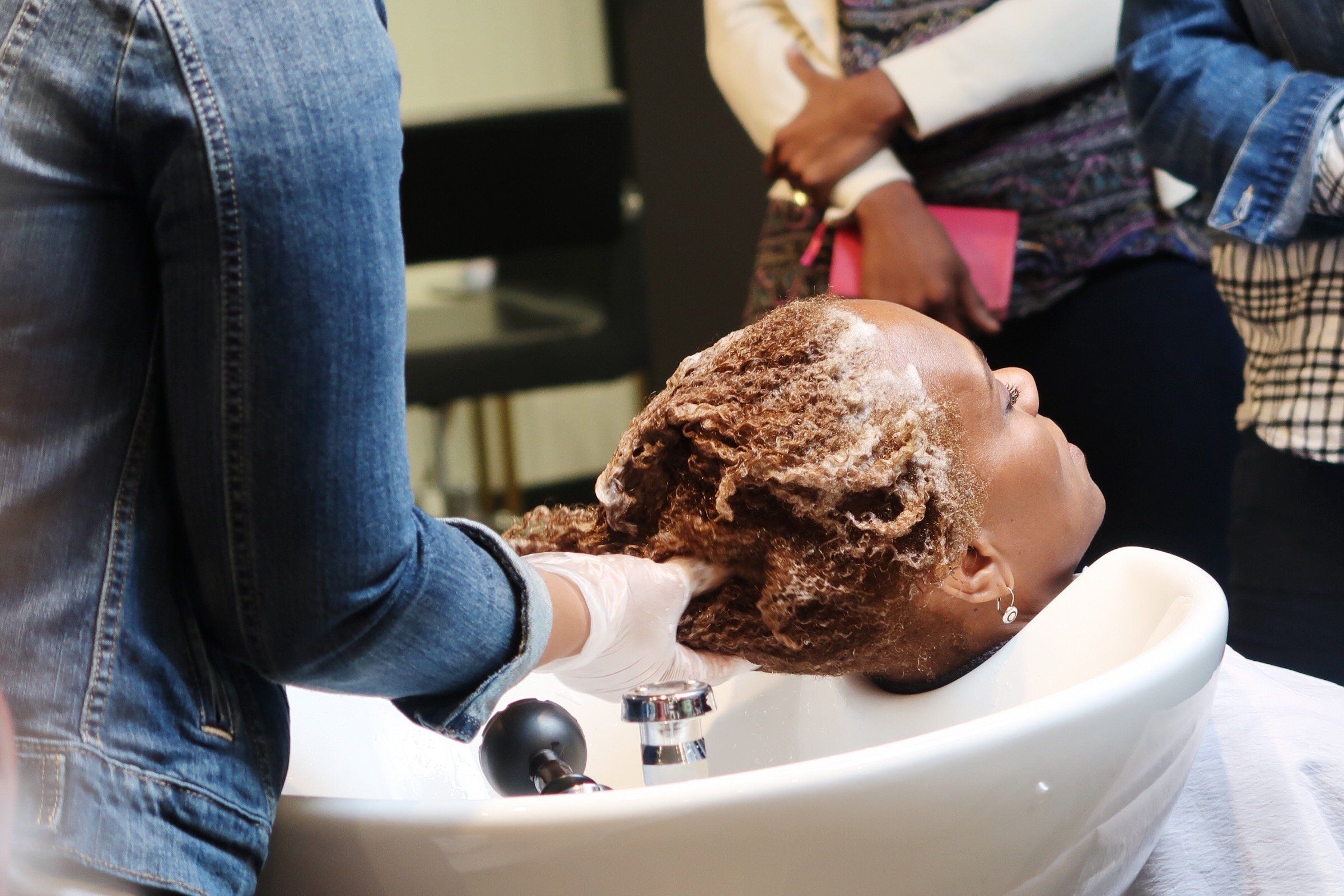

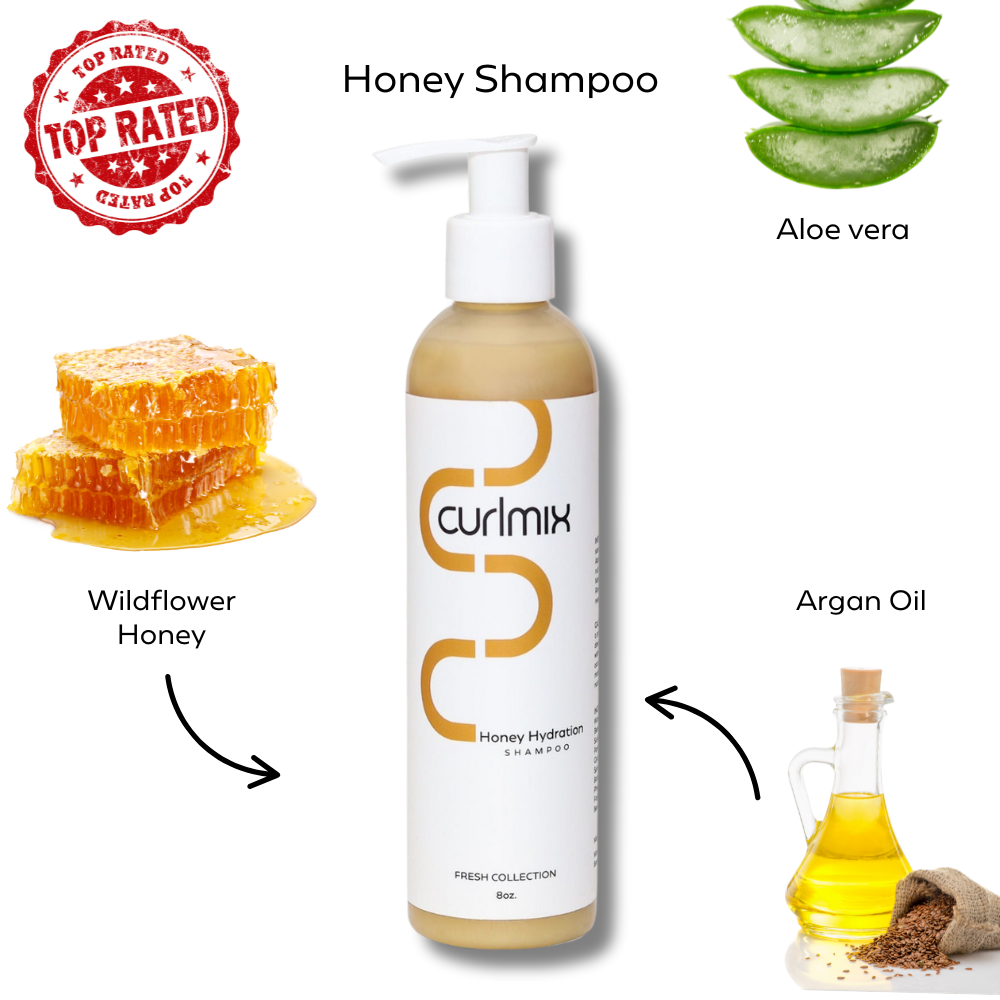
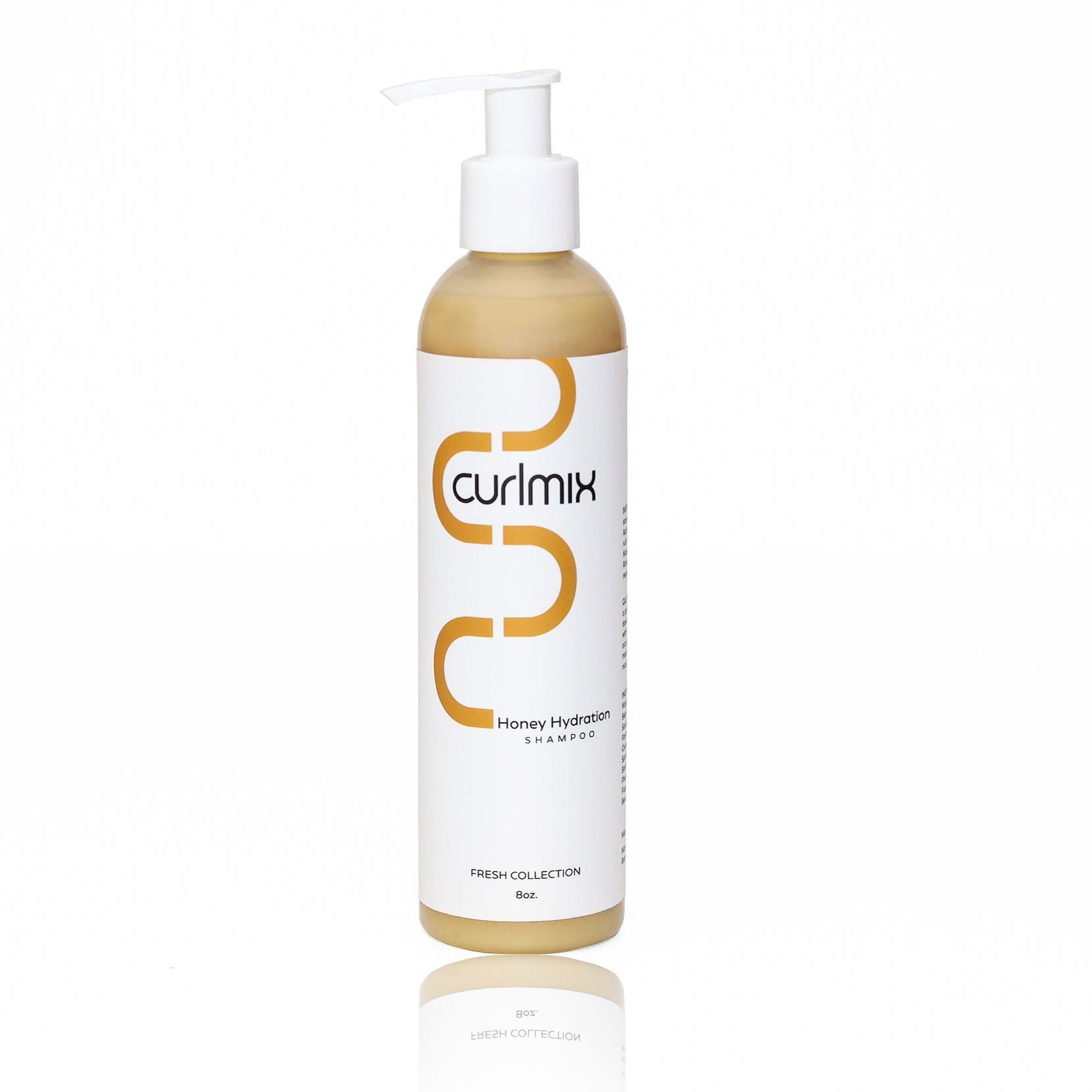
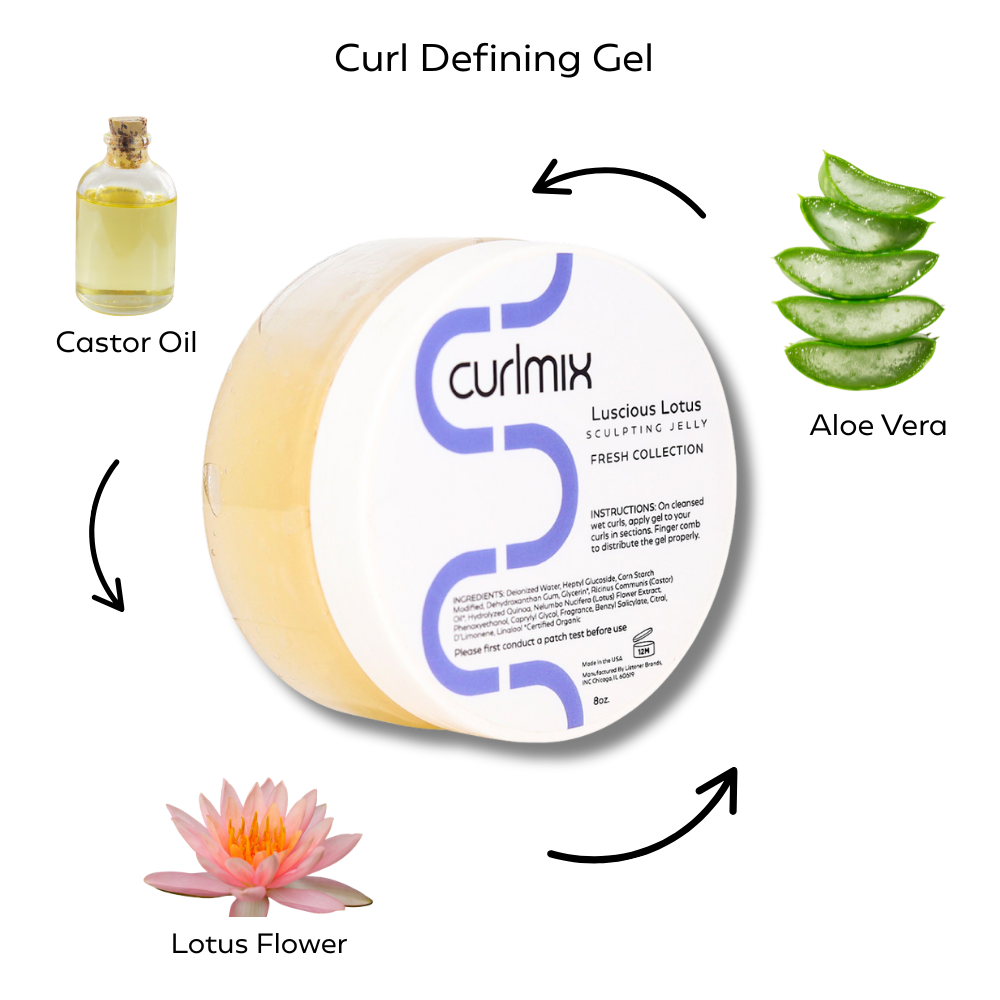



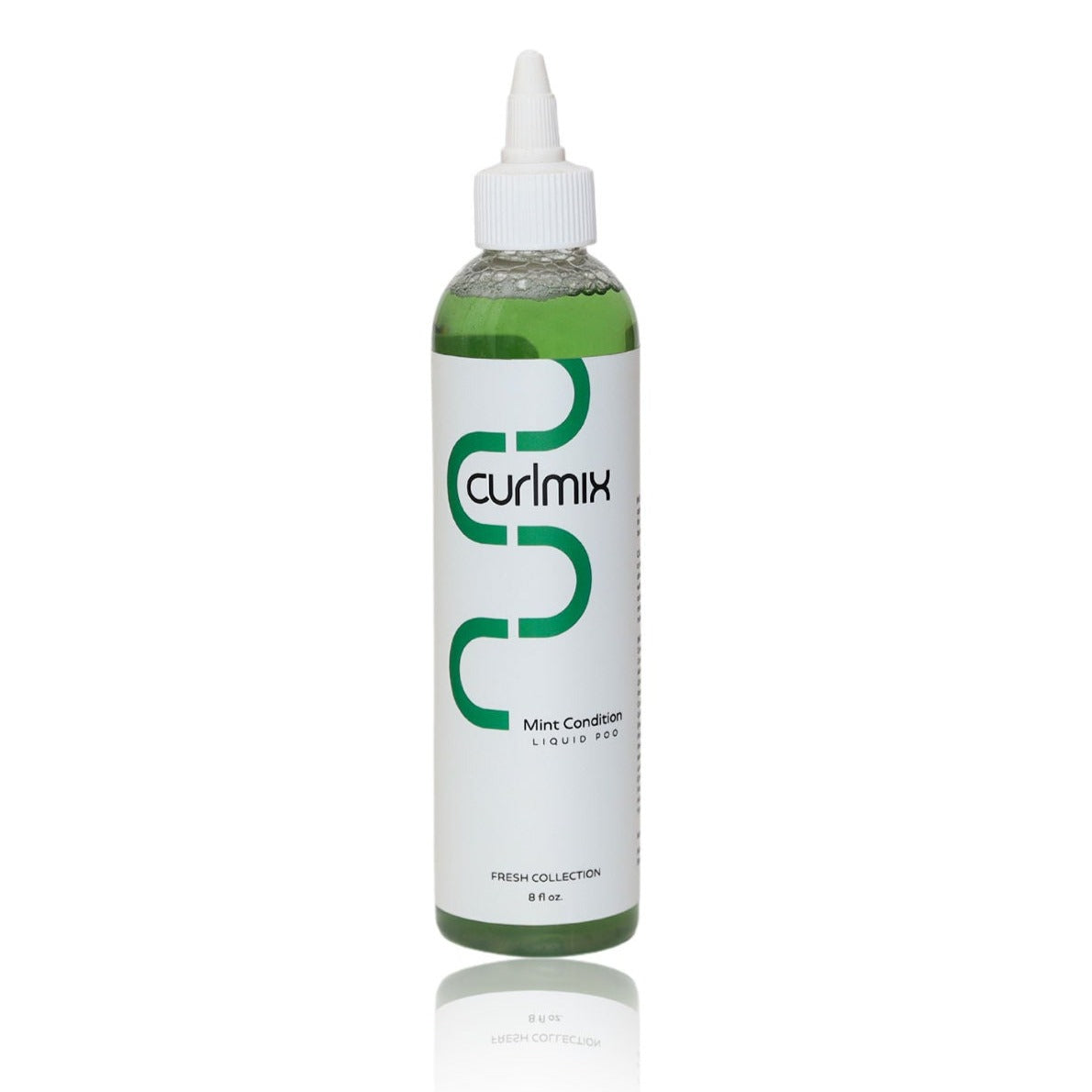
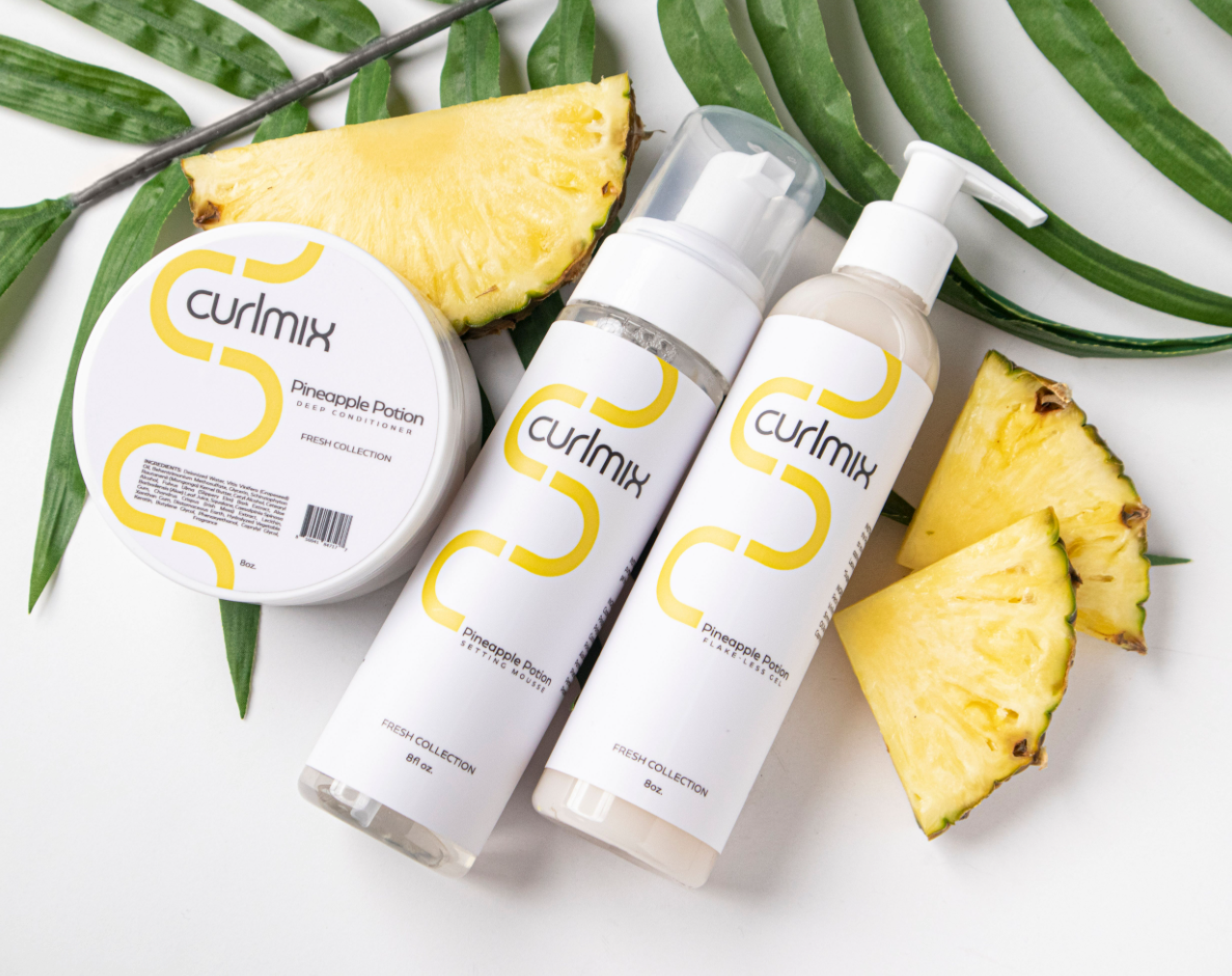
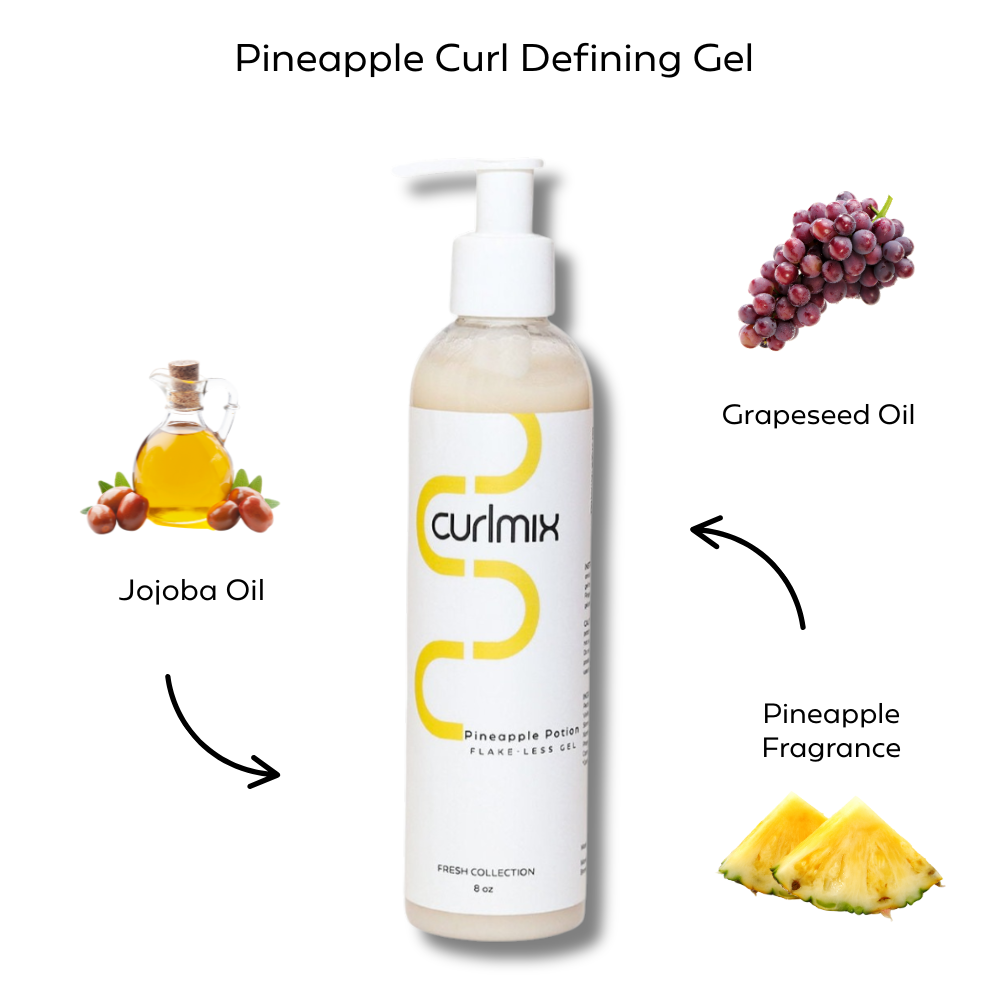

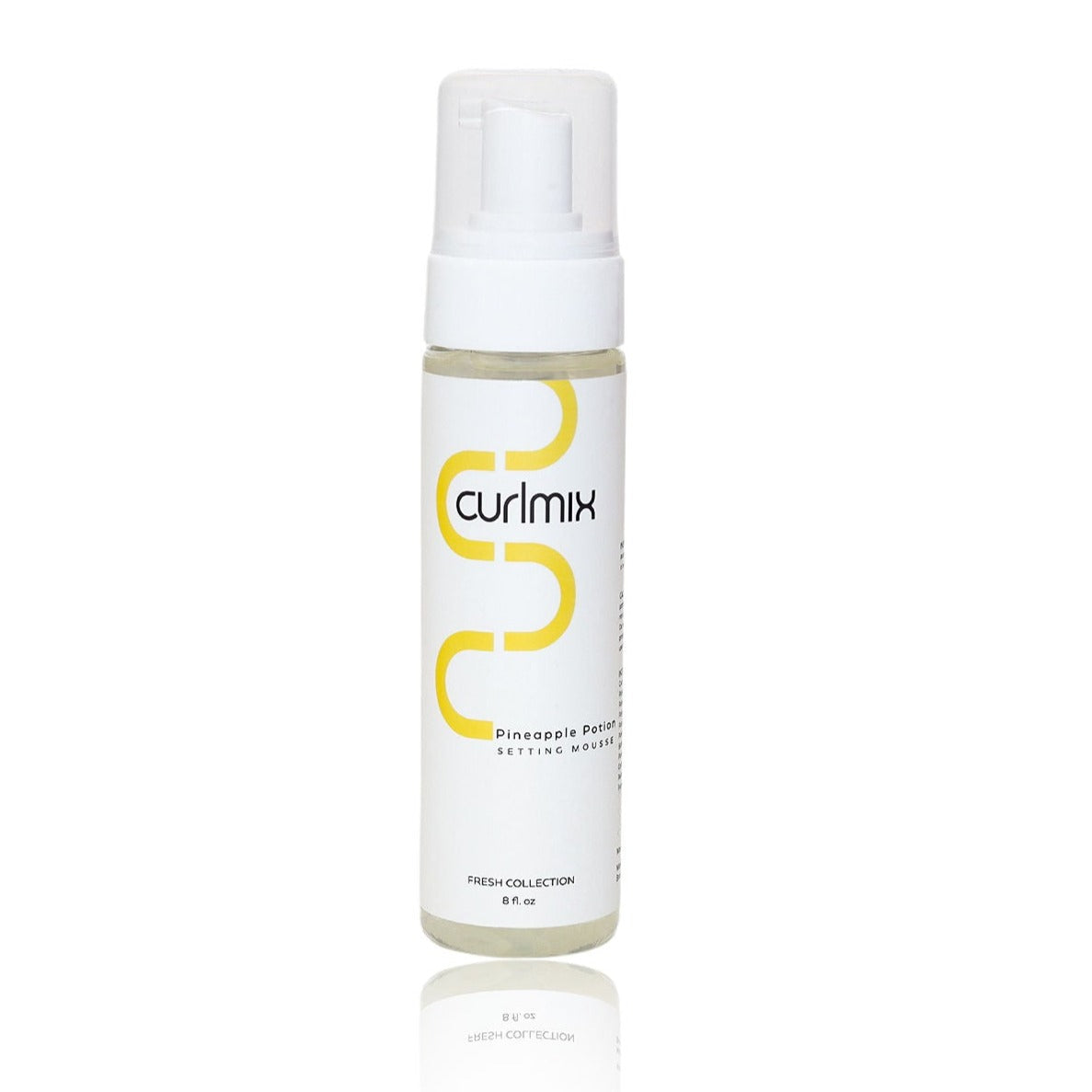
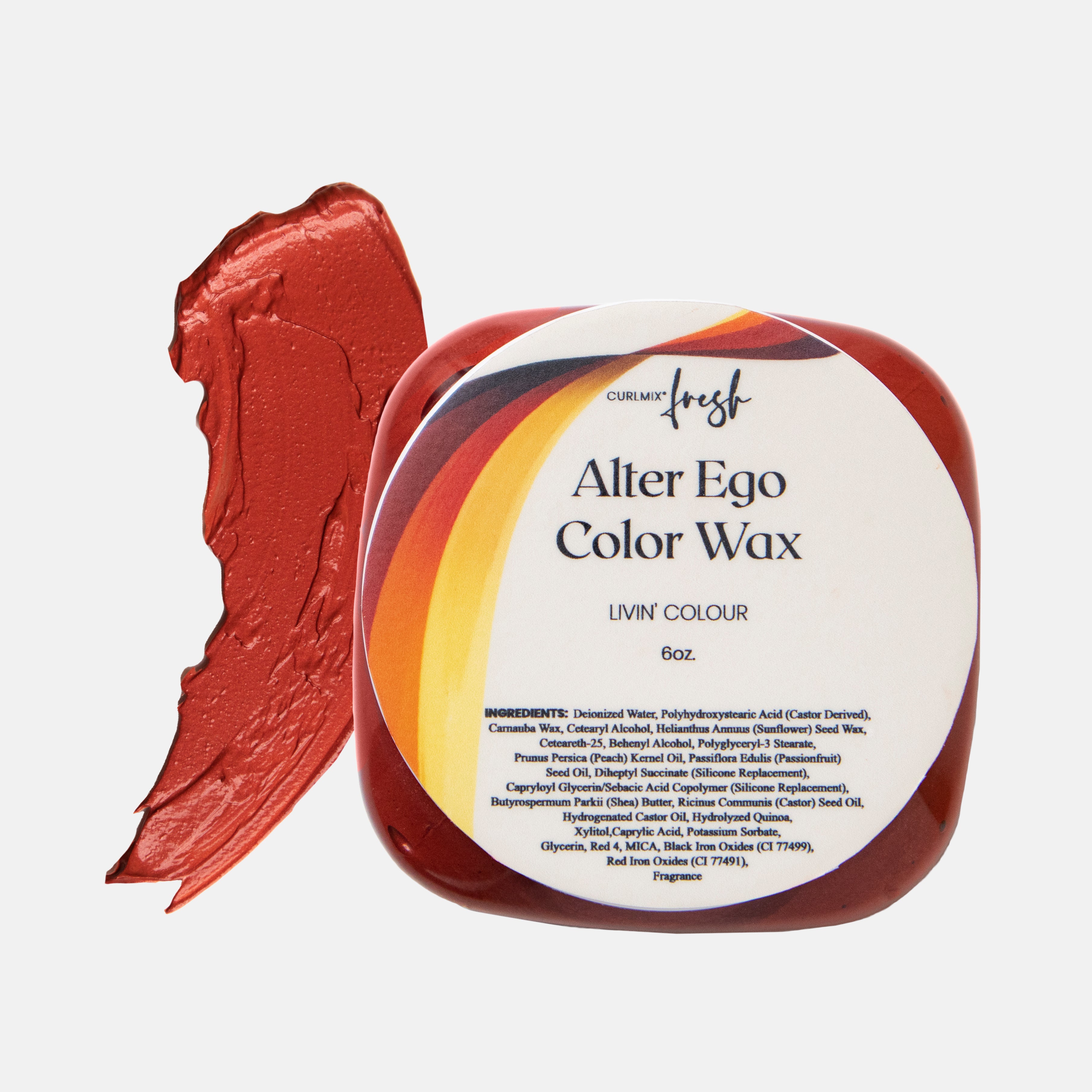
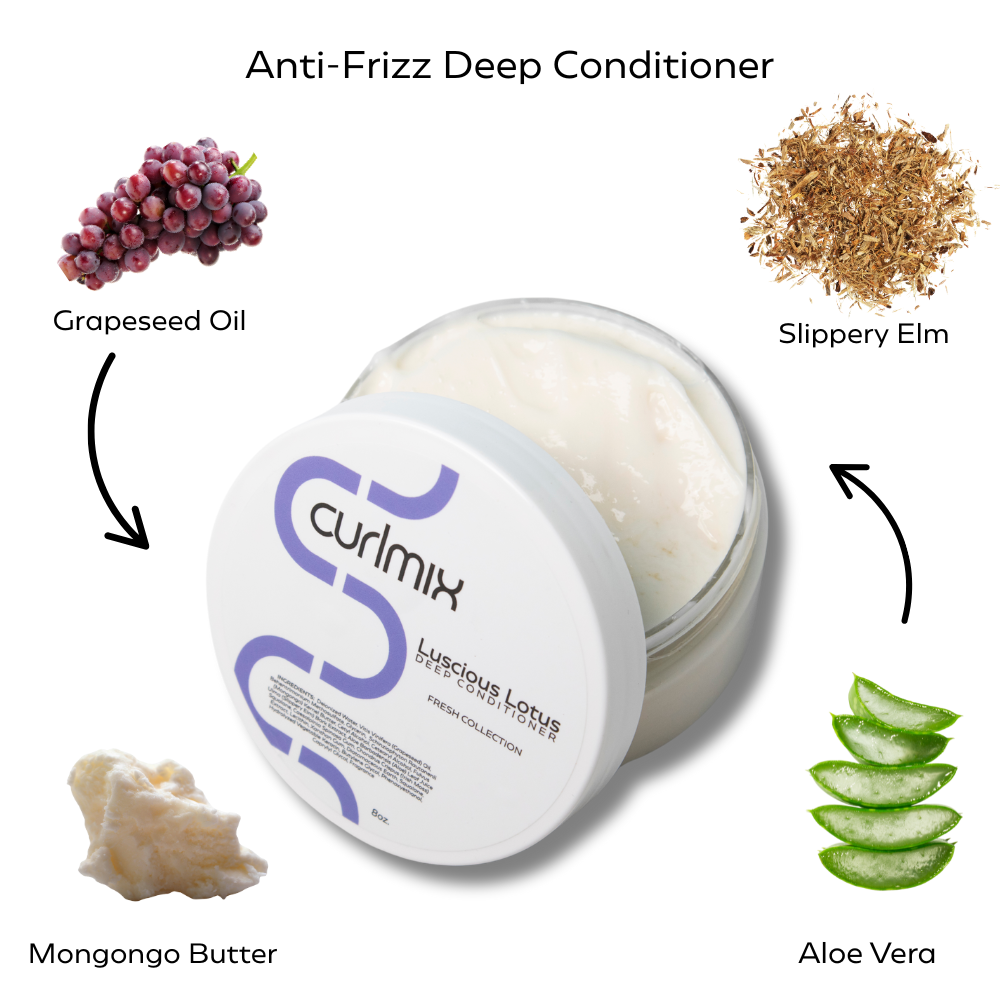
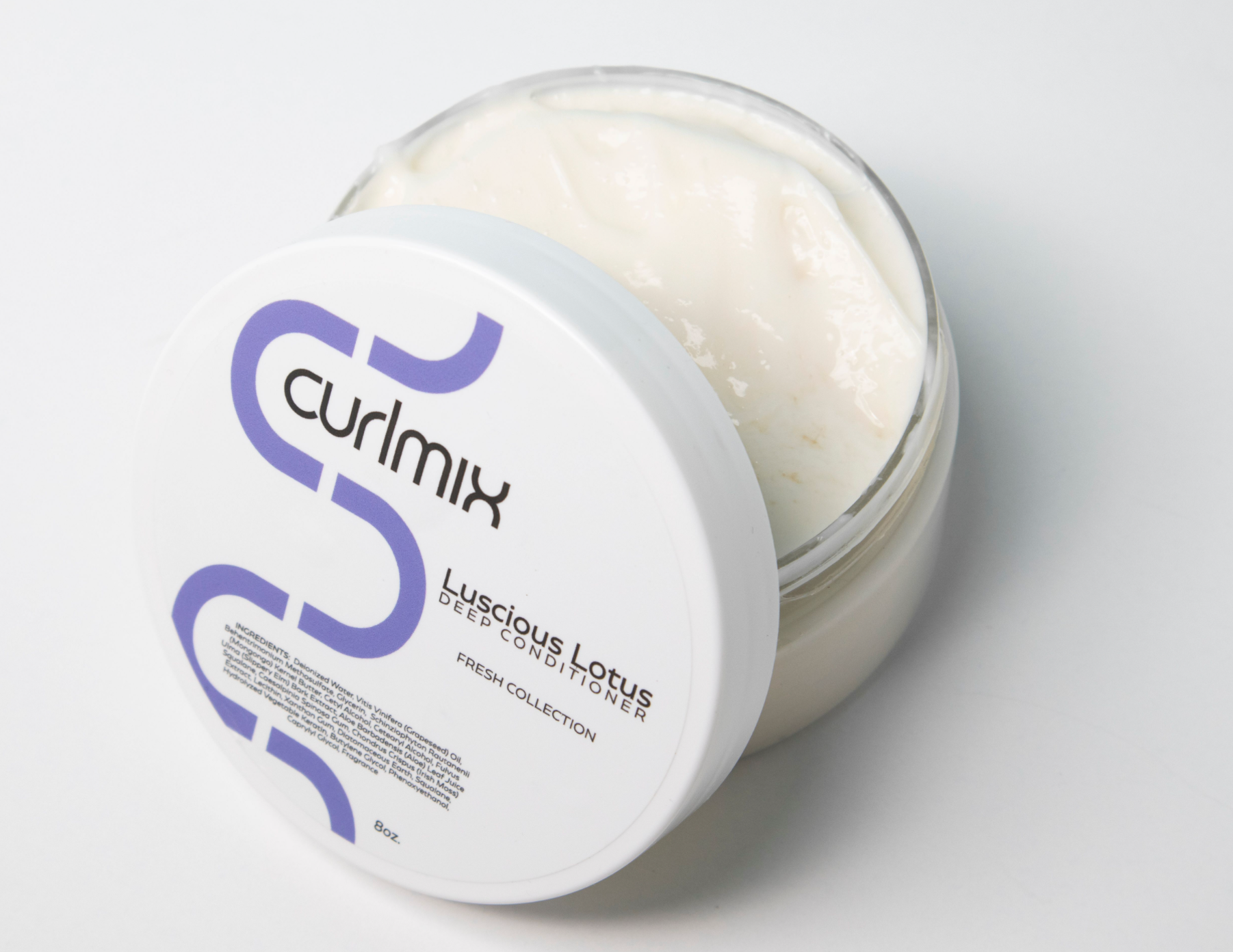
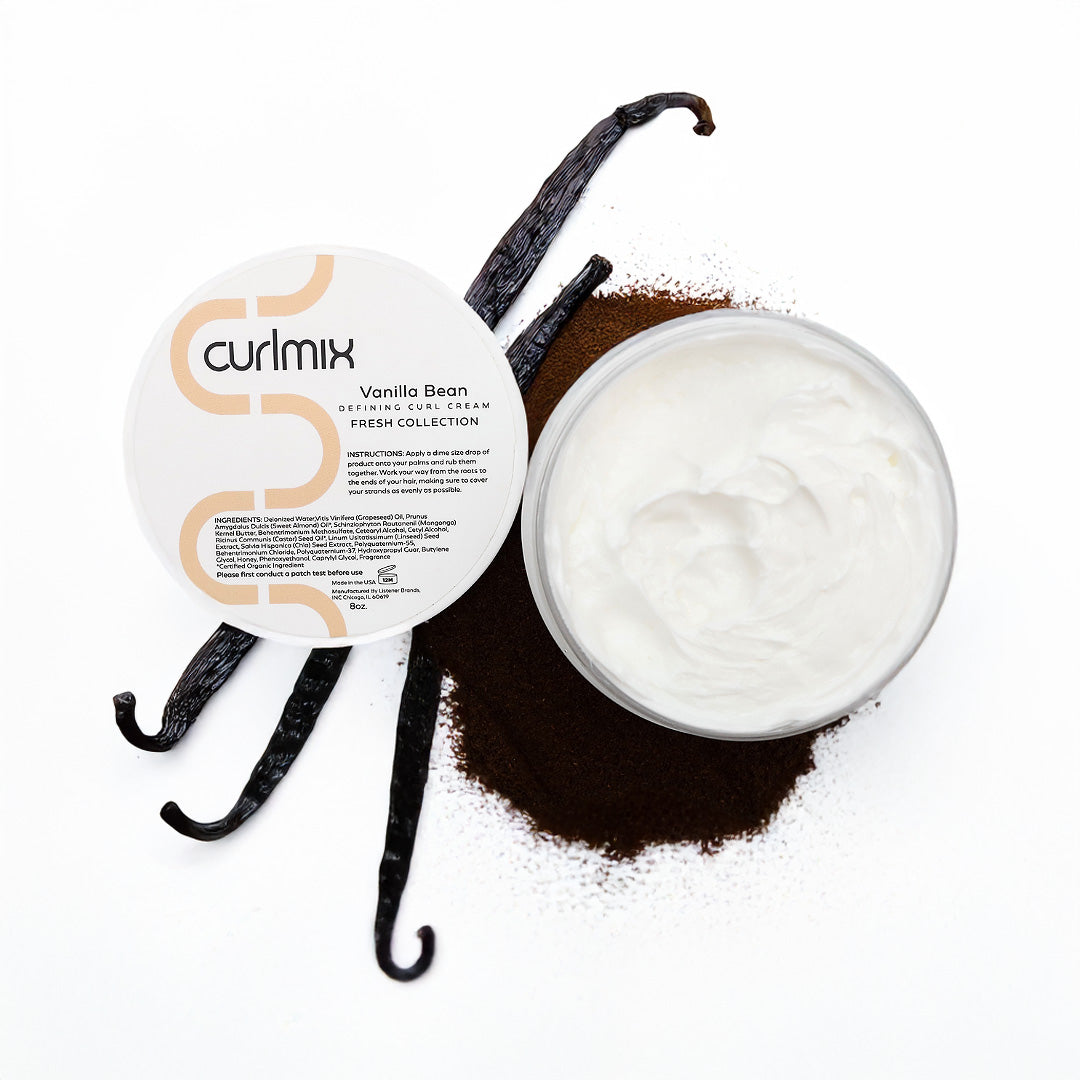

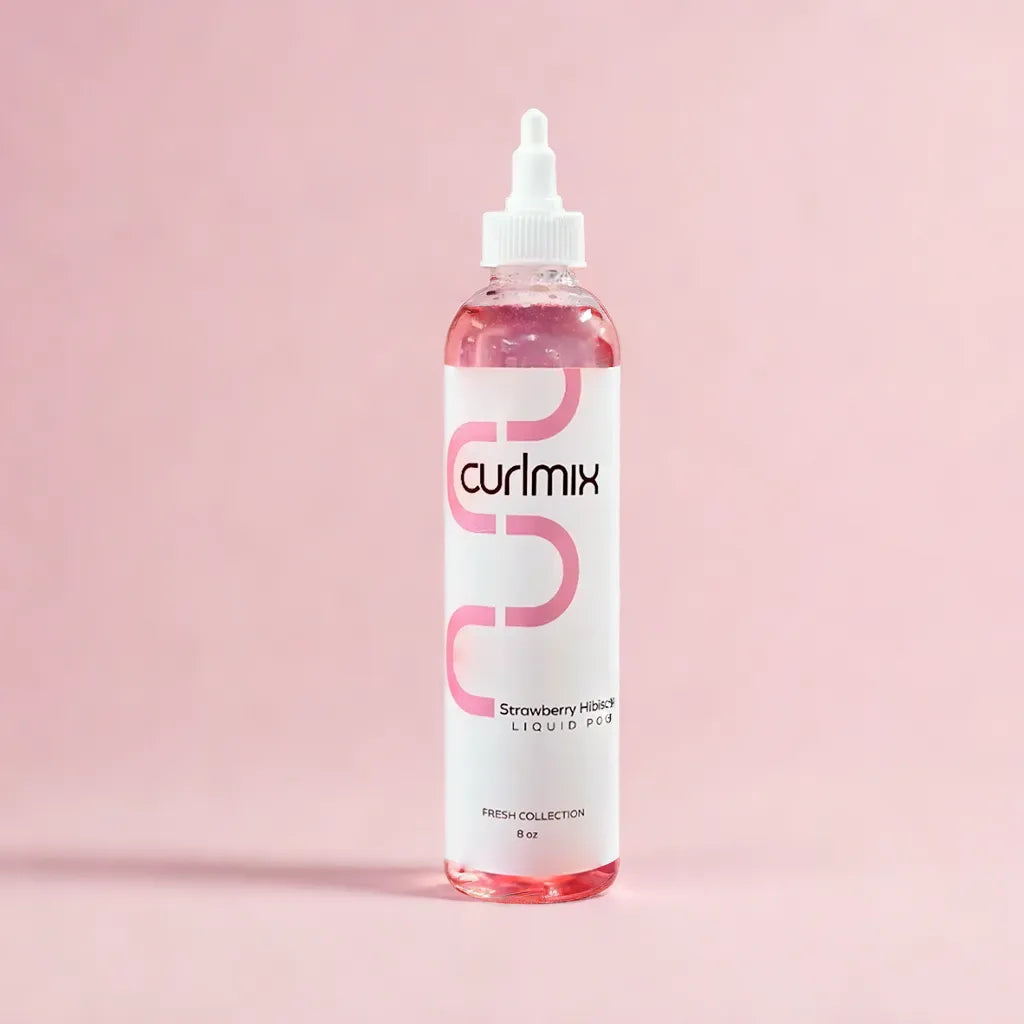

4 comments
I got my product last week and washed my hair. It was AWESOME my hair was Squeaky clean and loved the smell also. I’m trying to grow my short hair out, now I wants some length and want to try the Serum for growth. I purchased the purple bottle for strength, I guess I should have purchased the growth WNG kit. I’m excited about starting the Master Class on October 1. Will I get an email on the time and how to go on the site for the class?
After I shampooed, I used the conditioner rinsed and then I moisturized and use the gel. My hair became so dry, and flaky, it was like I had a head full of dandruff and dandruff is something that I never had, I was afraid that my hair would suffer breakage because it was so dry. So what did I do wrong, The directions are so little and hard to see on the bottles, you should have sent directions on how to use the items.
do u put the conditioner on before or after u rinse the shampoo? directions are unclear
How and when do you use curlmix body butter.
Leave a comment